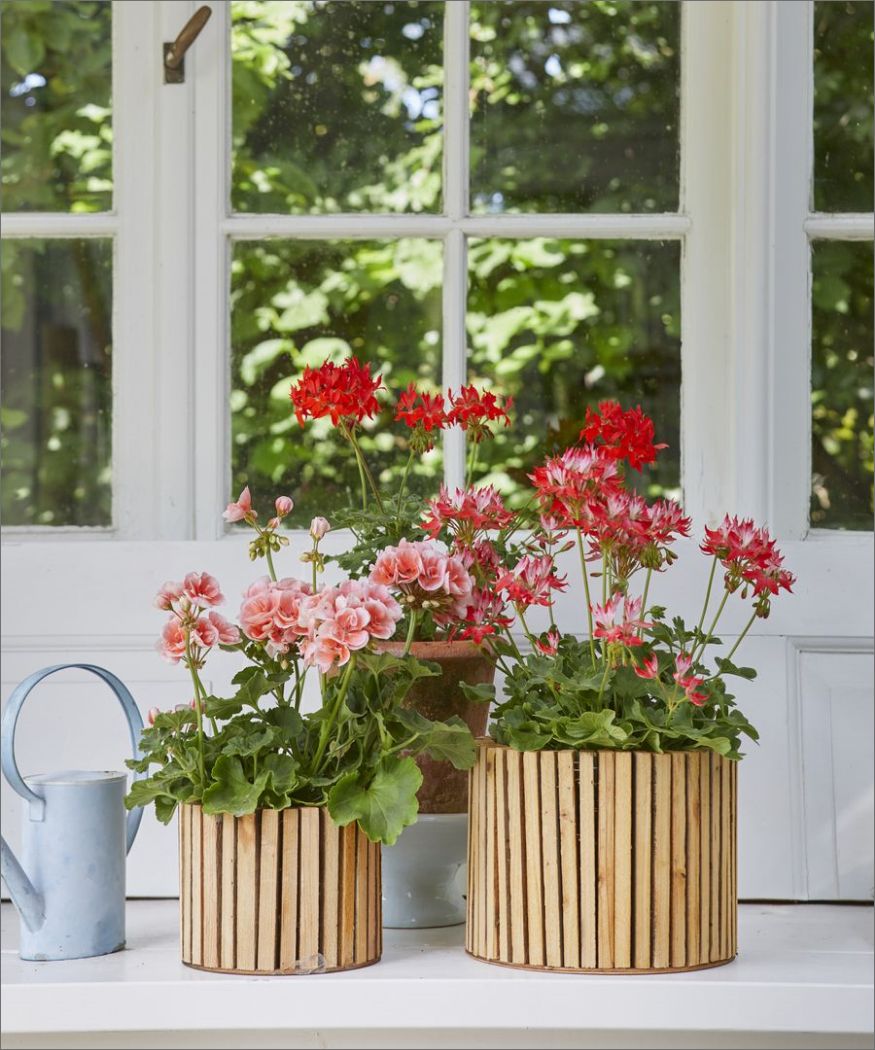- 14.03.2022 /
- Care
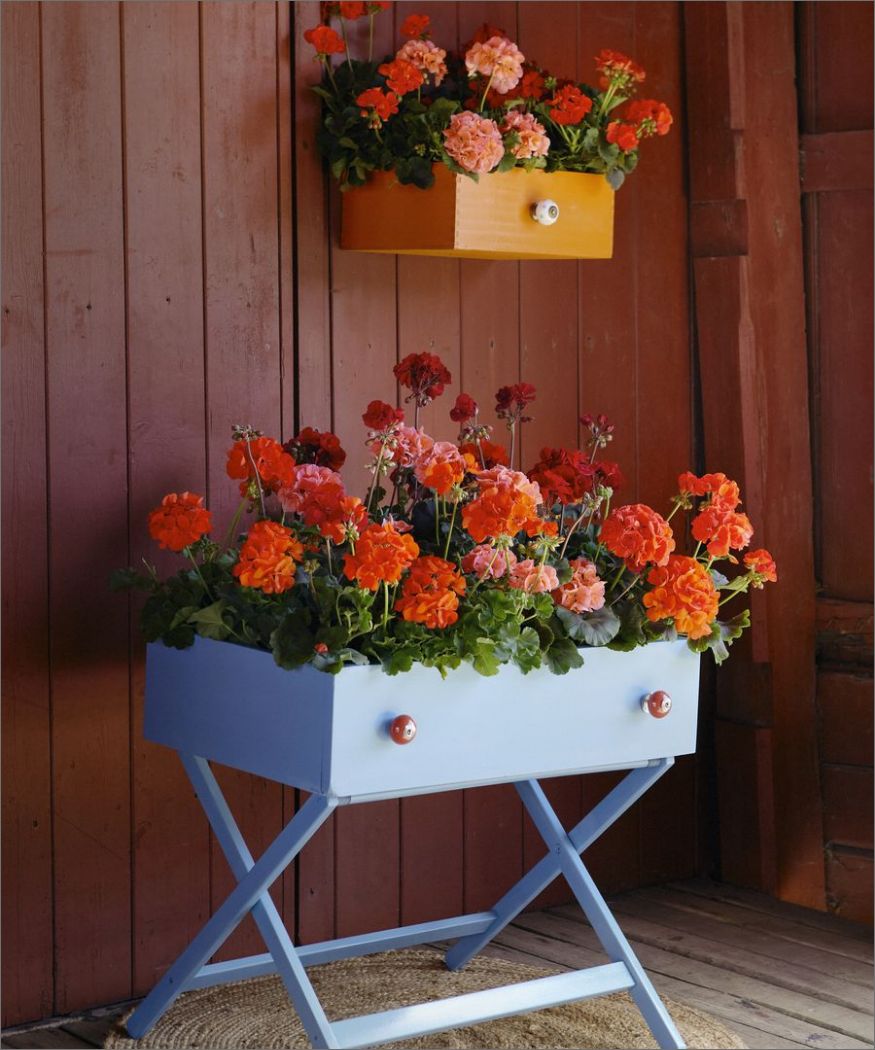
As soon as the sun comes out and the days get longer again, our green fingers start tingling. How tempting it is to plant summer flowers on the balcony and terrace at the beginning of May! But that may not be a good idea. If temperatures are too low, there is a risk of developmental delays or even death.
Even with robust geraniums, their growth is significantly reduced at temperatures below 12°C. If temperatures drop below five degrees, they come to a complete standstill. Frost can even cost them their lives, as what the experts at Pelargonium for Europe (PfE) point out. This is why we strongly recommend waiting until there are no more night frosts and temperatures reach double digits during the day before planting geraniums.
This is usually the case after Mid-May. If, despite all your caution and patience, an unpredictable cold snap does occur, there are ways geraniums can survive short periods of colder temperatures unscathed. The experts at PfE reveal ten helpful tips.
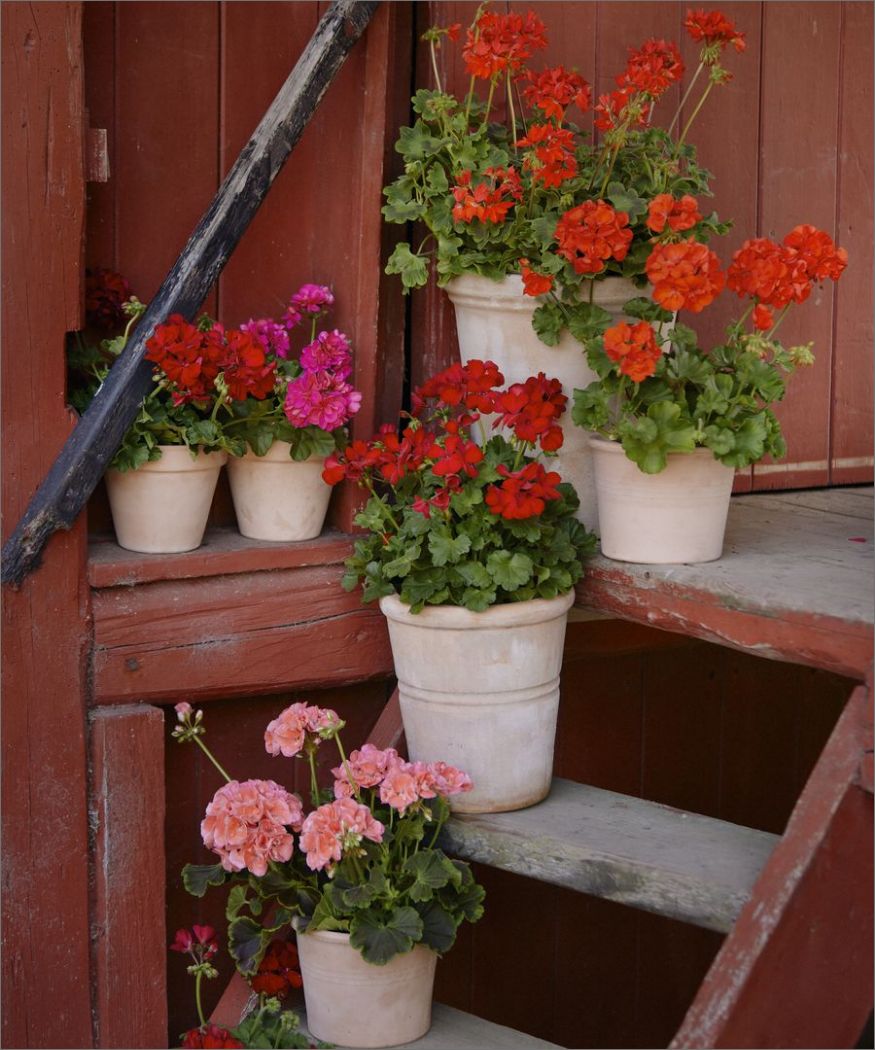
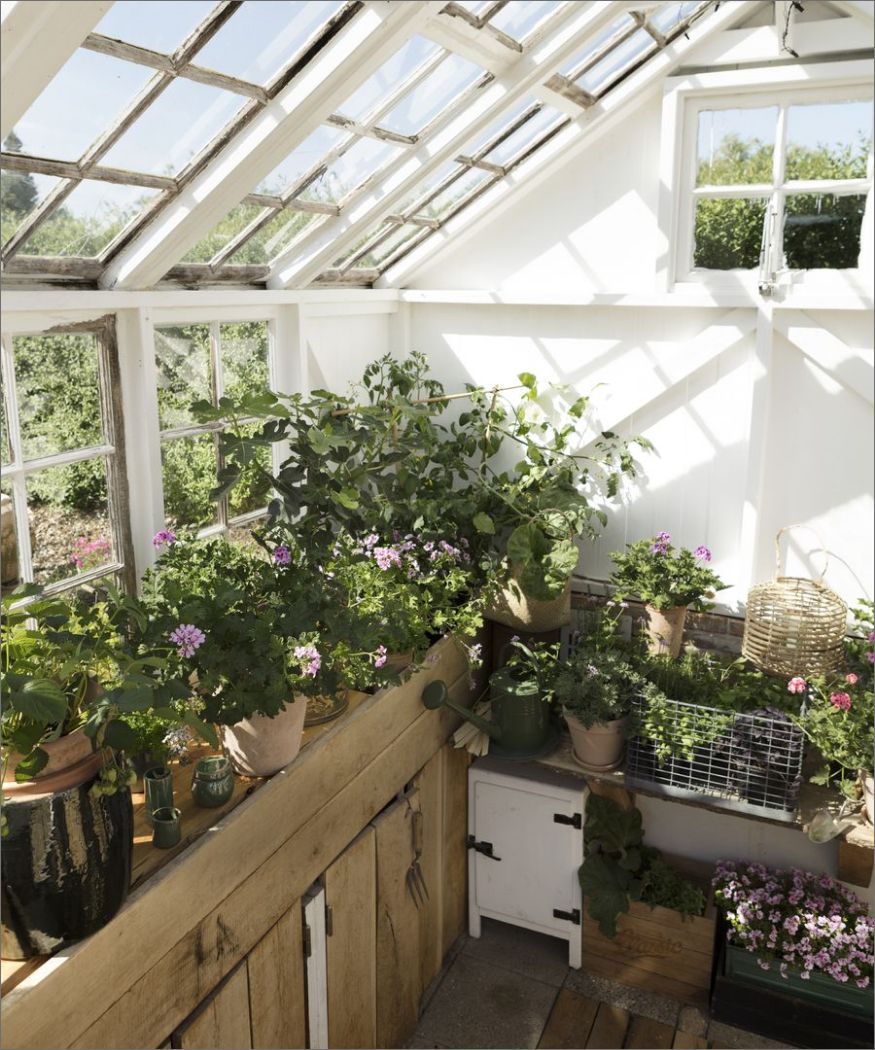
Tip 1: Keep them close to the house wall
Placed against the wall of the house, geraniums benefit from the lost heat of the building. Walls are good heat accumulators that reduce the temperature difference between day and night.
Tip 2: Or under the roof
Warm air rises, cold air falls, so it makes sense to place planted boxes and containers under a roof (and ideally also close to a wall) on cool nights. Temperatures are higher here than in the open air.
Tip 3: Do not place directly on the ground
Ground frost can also occur when a thermometer at eye level still shows plus degrees. Cold air not only falls downwards, but also collects there. To be on the safe side, place your summer favourites in an elevated position. A layer of newspaper under the pots can also have an insulating effect.
Tip 4: Cover in the evening
A garden fleece, bubble wrap or a bed sheet can keep the cold away from the plants. A cardboard box placed over the plants is also suitable for night-time protection. During the day, any dark cover must be removed to allow light to reach the plants. A garden fleece can be left on for longer.
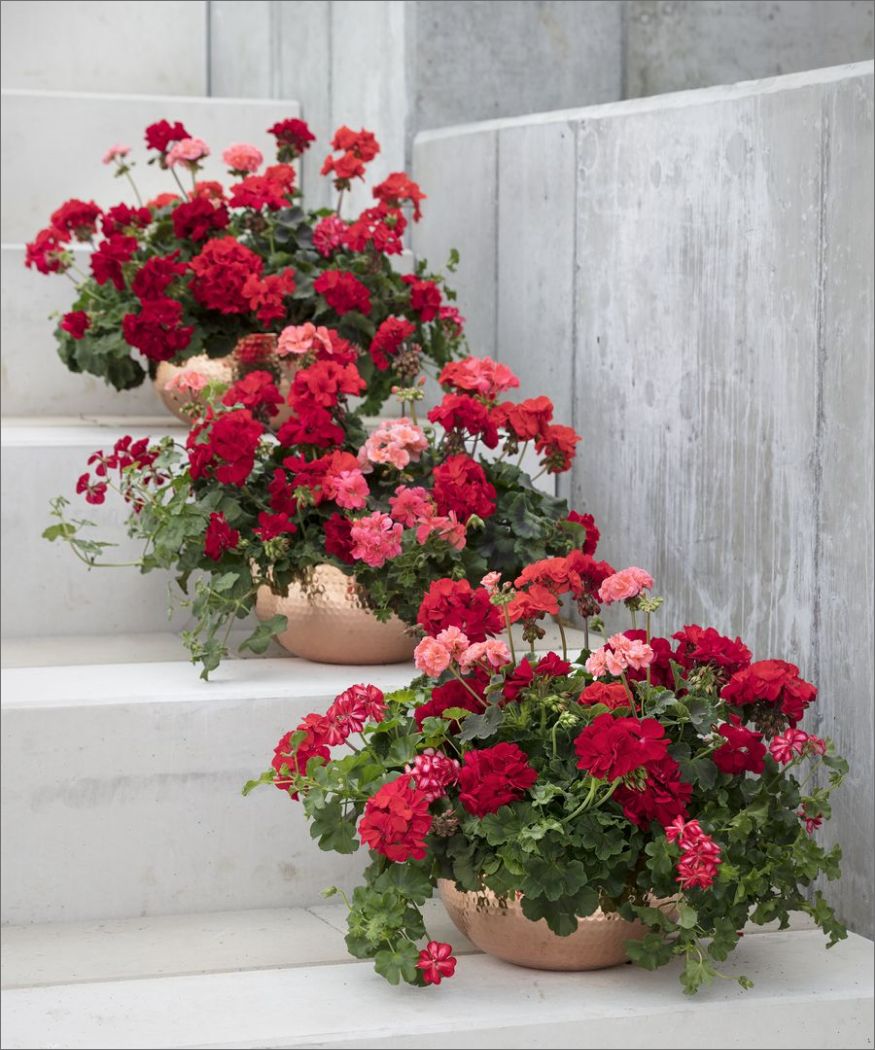
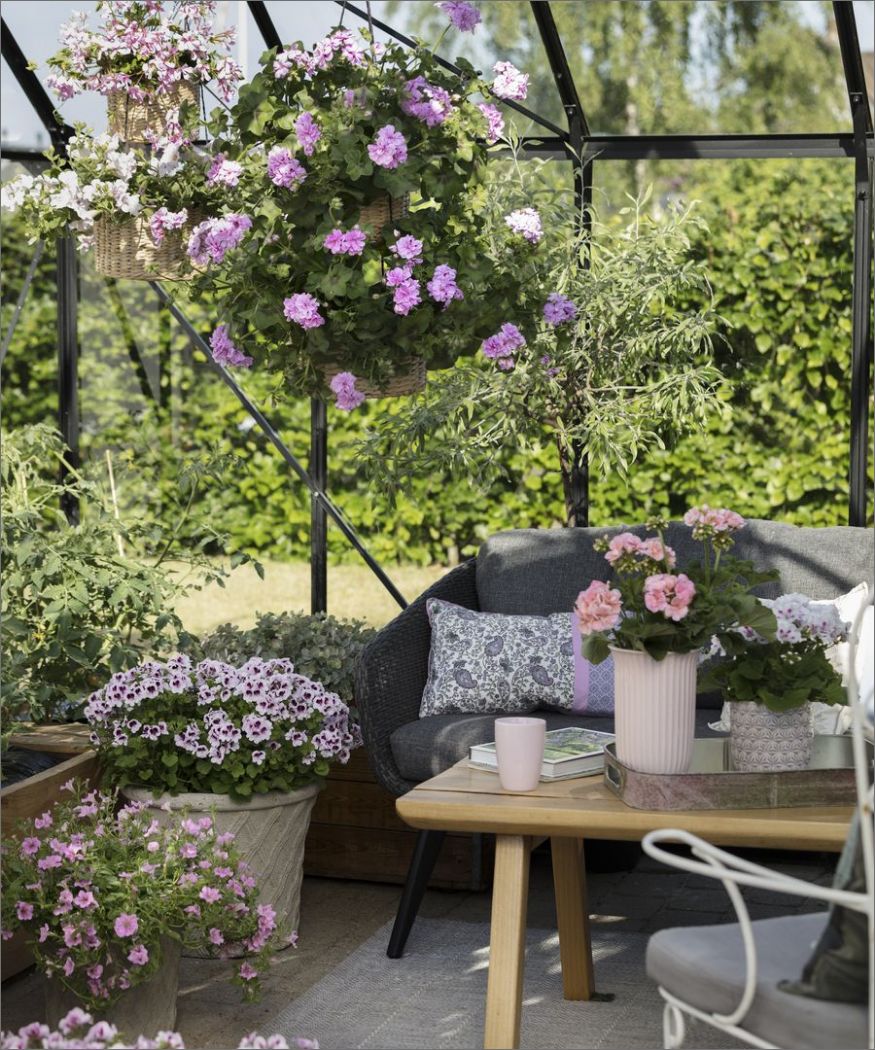
Tip 5: Frost-free emergency shelter
If it gets really cold, the geraniums will have to move temporarily. However, their stay indoors should be as short as possible. Geraniums can survive several days in a garage or frost-free garden shed.
Tip 6: Move away from the balcony railing
It’s not a good idea to leave balcony boxes hanging from the balcony railing when there is a risk of frost. This spot is probably the place around the house that is most exposed to wind and weather. A fleece can help to survive frosty nights anyway.
Even better: take down the boxes and move them up against the wall of the house or place them in a sheltered indoor area.
Tip 7: Low water requirement
As much as geraniums enjoy daily watering in the summer heat, they should be watered sparingly at the beginning of the season. At low temperatures, their metabolism is reduced so the plants need little water. This also applies when there is a cold snap later in the year.
Keyword: late frost.
Tip 8: Go for the weakest link
When it comes to getting mixed summer flower plantings through a short cold spell in good condition, the most tender plant should dictate the treatment of them all. Most summer flowers sold in Europe don’t like it cooler than 5°C – just like the geranium.
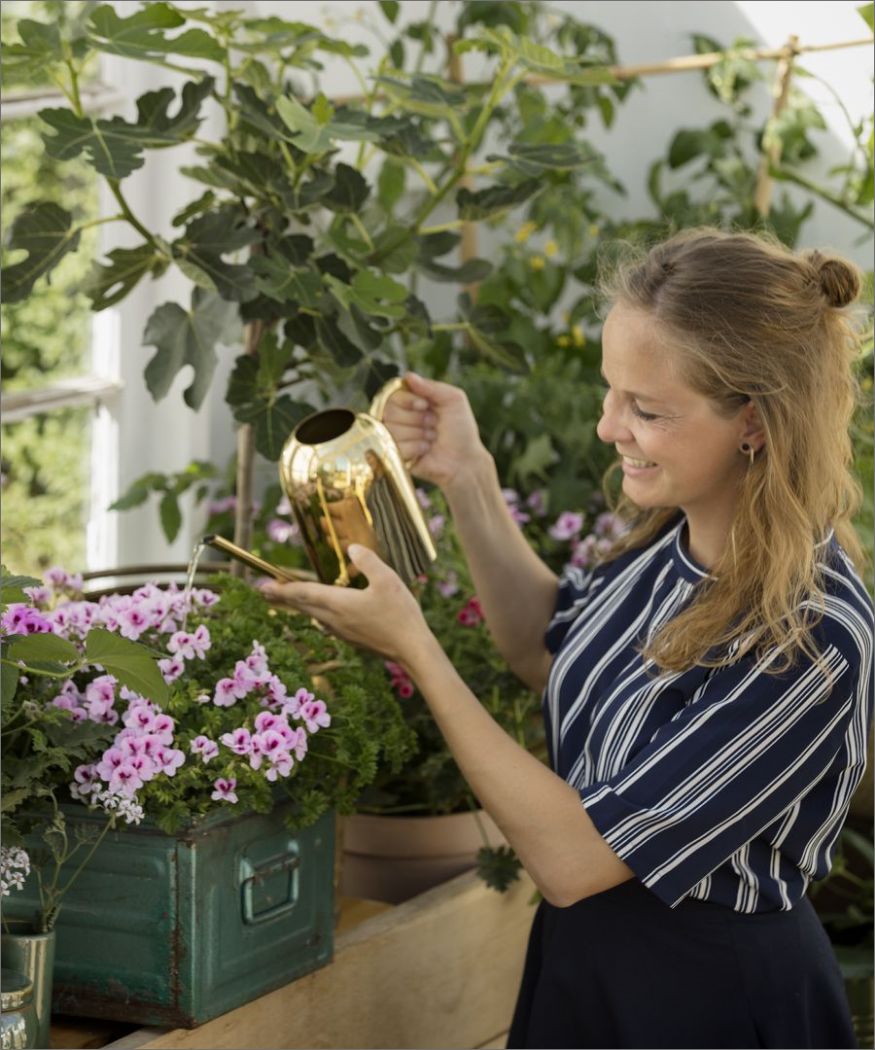
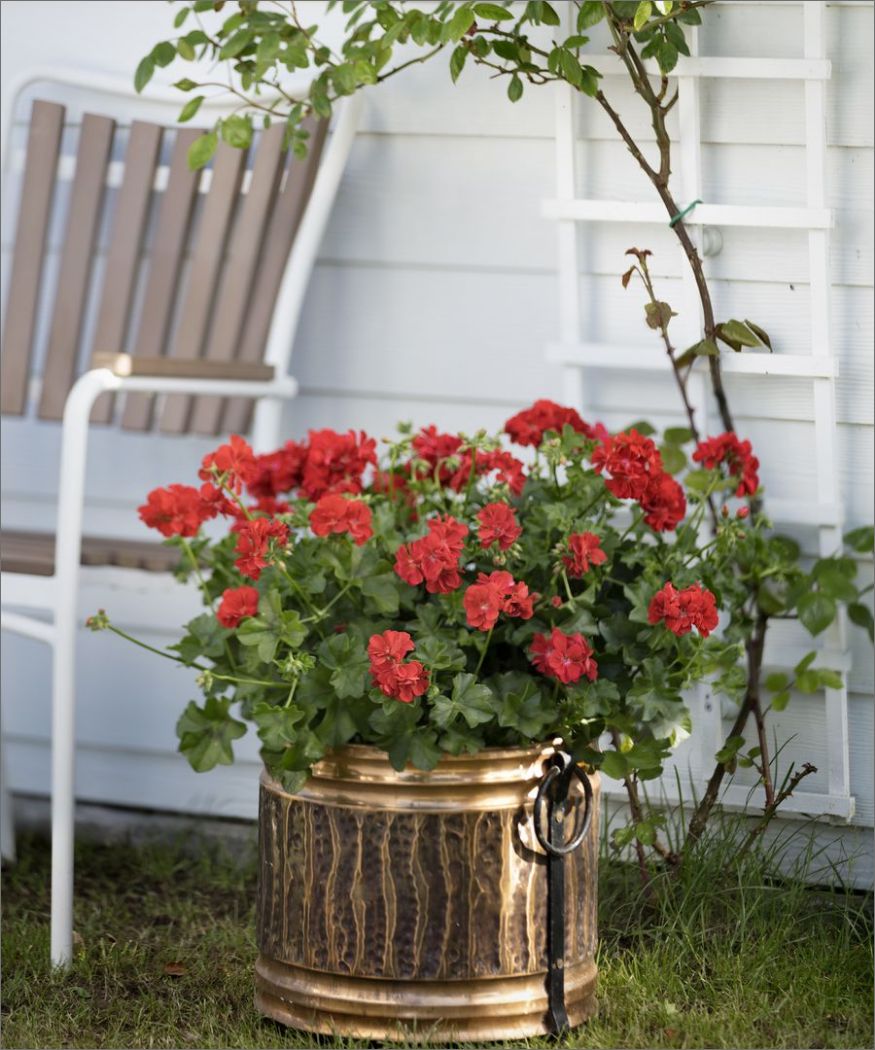
Tip 9: Install a weather app
How do you know when ground frost is imminent? Weather apps help you assess the situation. Checking the forecast every evening should be part of your routine, especially at the beginning of the season. However, it’ s better not to rely on the forecast alone.
The actual conditions depend on many factors, such as buildings in the area, wind and humidity.
Tip 10: If it happens …
If your geraniums do experience a light frost, it’s not a catastrophe. As long as only the leaves freeze, the plants can regenerate. For this to happen, the tissue of the stem and roots must be intact
Overwintering geraniums
Due to climate change, autumn is getting ever longer. The first frost often lasts until November. If you want to try to overwinter your geraniums, leave them outside as long as possible. Fresh air and sunlight are always better than winter quarters. If the temperature remains in single digits for a long time, move the geraniums into a winter spot, such as a greenhouse or conservatory. Cut the stems back to 1cm and place the pots in a cool place (5-10°C). In spring, the plants must be carefully reintroduced to light. It also takes more patience than with new plants to get them to bloom again, so overwintering is only worthwhile for rare varieties or scented geranium collections.
Why can't geraniums tolerate frost?
Geranien Geraniums can’t tolerate frost because in their original home country they don’t have it. The geranium comes from South Africa, more precisely from the region around Table Mountain. The climate there is like that of the steppes. It rains little and the average annual temperature is 25°C. Even in the winter months, the thermometer almost never falls below five degrees.
Temperatures close to zero signal to the geranium: it’s winter now.
It is taking a break from growth, from which it must first recover.
